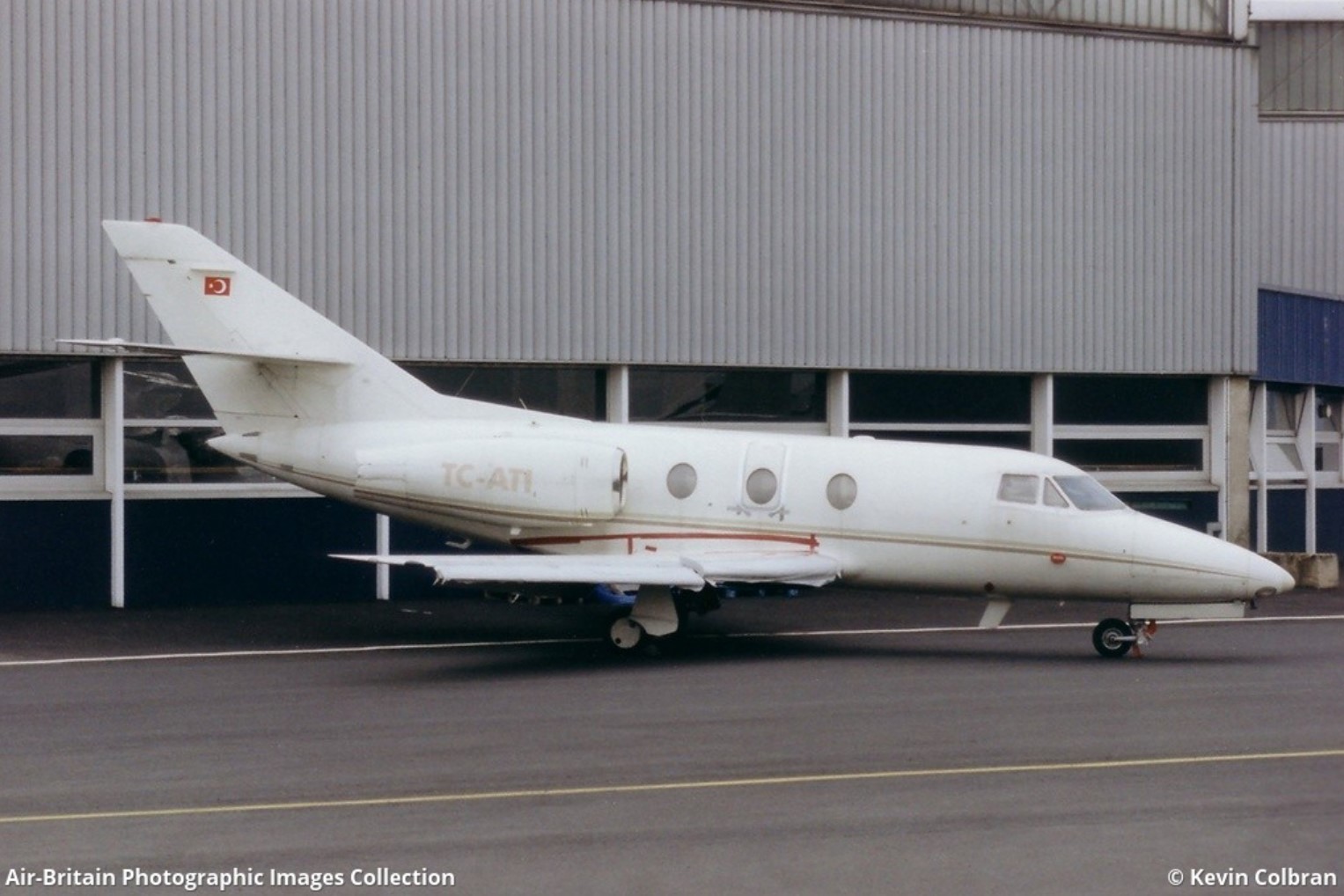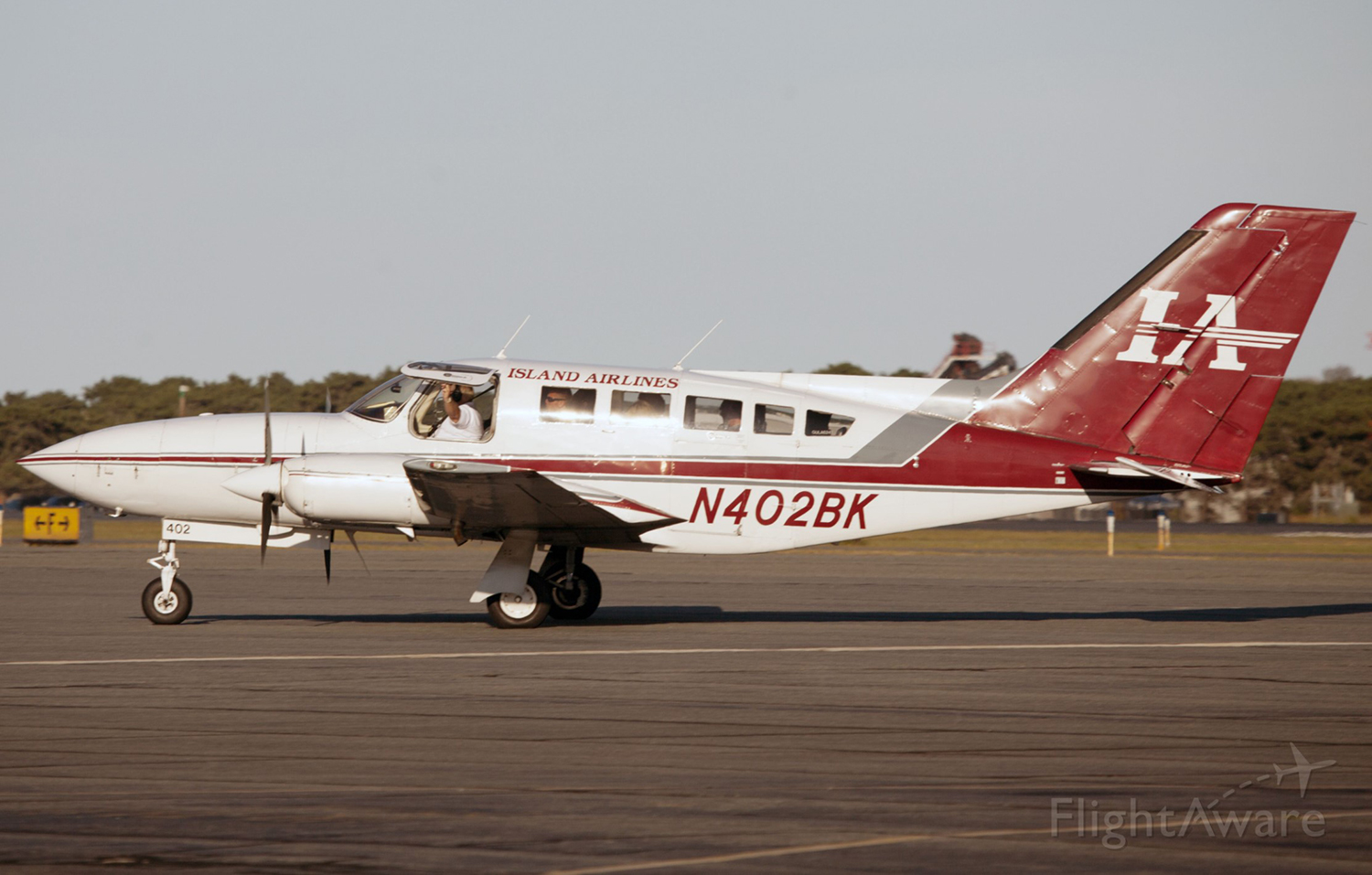Crash of a Cessna 550 Citation II in Allendorf: 2 killed
Date & Time:
Jan 25, 1995
Registration:
D-CHVB
Survivors:
No
MSN:
550-0629
YOM:
1989
Crew on board:
2
Crew fatalities:
Pax on board:
0
Pax fatalities:
Other fatalities:
Total fatalities:
2
Circumstances:
The descent to Allendorf-Eder Airport was completed in poor weather conditions. On approach, the captain cancelled the IFR flight plan and decided to initiate a go-around procedure for unknown reasons. The aircraft nosed down to 30° then rolled to the right to 60° and crashed in a wooded area. Both pilots were killed. It was reported that the copilot was the PIC at the time of the accident.









